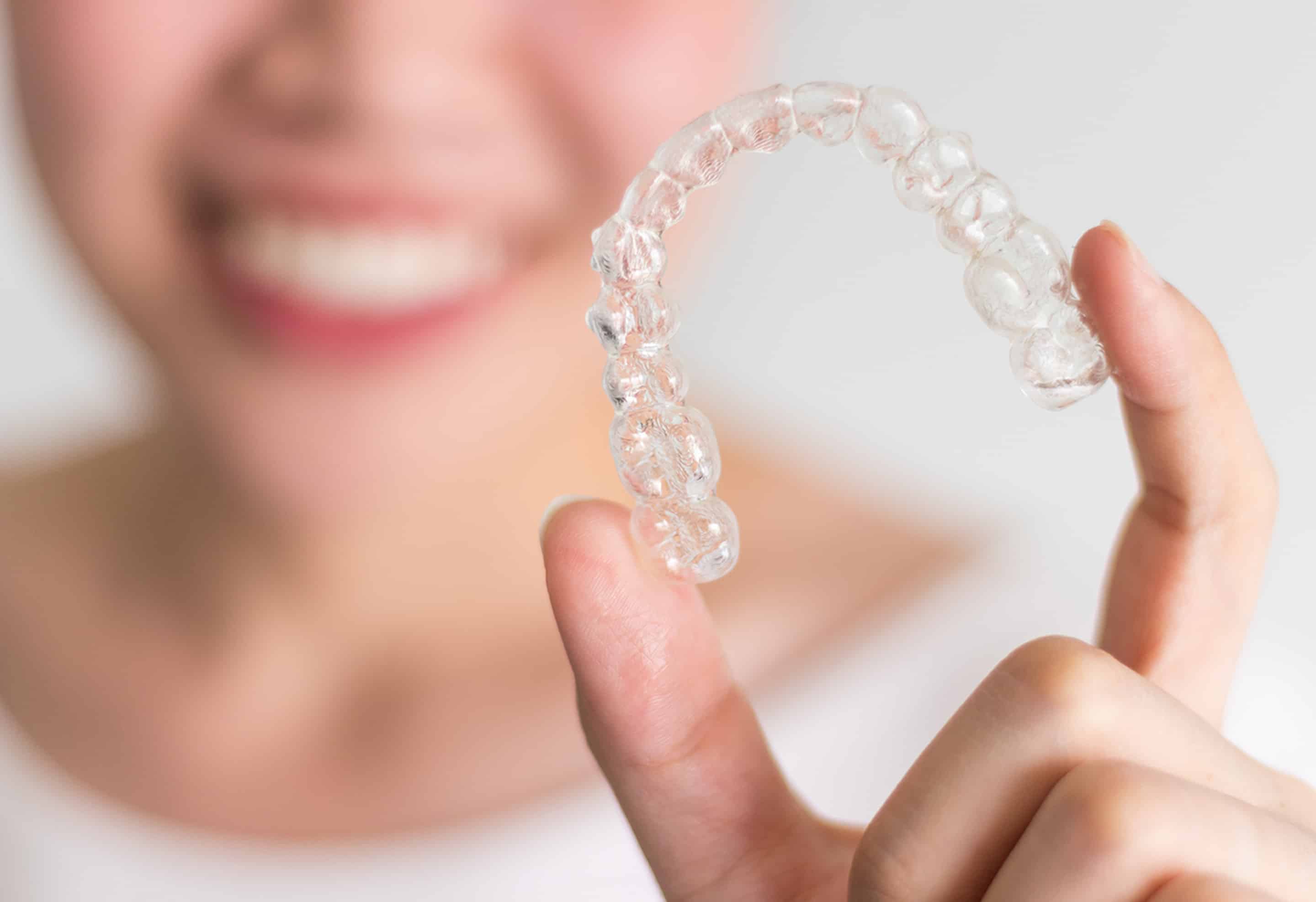Invisalign vs. Metal Braces
Orthodontic treatment plays a crucial role in achieving a healthy and confident smile. Two popular options for straightening teeth are Invisalign and traditional braces.
Invisalign is a modern orthodontic treatment that utilizes a series of clear, removable aligners to shift teeth into proper alignment gradually. These aligners are custom-made for each patient, ensuring a comfortable and precise fit throughout the treatment process.
Traditional braces have been used for decades and are highly effective in correcting orthodontic issues. They consist of metal brackets, archwires, and elastics that work together to apply controlled pressure and gradually move teeth into proper alignment.
Benefits of Invisalign
Improved Aesthetics
Invisalign aligners are clear and virtually invisible when worn. This feature allows patients to undergo orthodontic treatment without drawing attention to their teeth. The discreet appearance of Invisalign aligners is a significant advantage, particularly for adults and professionals who may be conscious of their appearance during treatment.
Removability and Convenience
Invisalign aligners can be easily removed when necessary, providing unparalleled convenience. Unlike traditional braces, fixed onto the teeth, Invisalign aligners can be removed before meals, allowing patients to enjoy their favorite foods without dietary restrictions. Additionally, the ability to remove the aligners makes brushing and flossing more accessible, promoting better oral hygiene throughout the treatment process.
Comfort and Reduced Irritation
Invisalign aligners are made of a smooth plastic material designed for comfort. The absence of metal brackets and wires eliminates the potential for discomfort and irritation commonly associated with traditional braces. The aligners are custom-made to fit the patient’s teeth snugly, reducing the likelihood of gum or cheek irritation often experienced with traditional braces.
Invisalign Disadvantages
While Invisalign offers numerous benefits, it’s important to consider some potential disadvantages patients should be aware of.
- Compliance and Responsibility – For effective results, it’s crucial to wear the aligners for the recommended amount of time each day, typically 20 to 22 hours. Deviating from the prescribed wearing schedule may compromise the treatment outcome. Patients must understand the importance of active participation and commitment to wearing the aligners as instructed. They can also be easily misplaced or damaged if not handled responsibly.
- Limited Applicability – While it can effectively address common orthodontic concerns, such as mild to moderate misalignments and bite issues, severe cases may require more advanced treatment options. The orthodontist will assess the patient’s specific needs, dental condition, and treatment goals to determine if Invisalign is a suitable option.
Benefits of Traditional Braces
Effective for Complex Cases
Traditional braces are highly effective in addressing a wide range of orthodontic issues. From mild to severe misalignments and bite problems, braces provide the necessary strength and control to achieve desired results. Their ability to apply precise and consistent force to teeth over an extended period allows for comprehensive realignment and jaw correction, resulting in improved aesthetics and optimal oral function.
Predictable and Controlled Treatment
Braces offer orthodontists precise control over tooth movement. The brackets, archwires, and other components apply controlled pressure to specific teeth, guiding them into their desired positions. Orthodontists have the ability to manipulate the brackets and archwires to target individual tooth positions and correct various dental discrepancies.
Traditional Braces Disadvantages
While traditional braces have proven to be effective in orthodontic treatment, there are some disadvantages that patients should consider.
- Aesthetics – Traditional braces are visible, with metal brackets and wires prominently displayed on the front surface of the teeth. The noticeable presence of braces may affect self-confidence, especially among some adults who prefer a more discreet option.
- Oral Hygiene Challenges – Cleaning around brackets and wires can present challenges in maintaining good oral hygiene. However, it’s important to note that with proper techniques and tools, maintaining good oral hygiene while wearing braces is achievable. Orthodontists and dental professionals can provide patients with specific instructions and recommend tools such as interdental brushes or floss threaders to navigate brackets and wires effectively.
Orthodontic Treatment in Blue Ash and Loveland, OH
If you are considering the specific advantages and disadvantages of each option, we highly recommend scheduling a consultation at Northeast Orthodontic Specialists in Blue Ash and Loveland, OH. Dr. Stadiem and his team possess the expertise to evaluate your dental condition, discuss your treatment goals, and recommend the most appropriate option.

